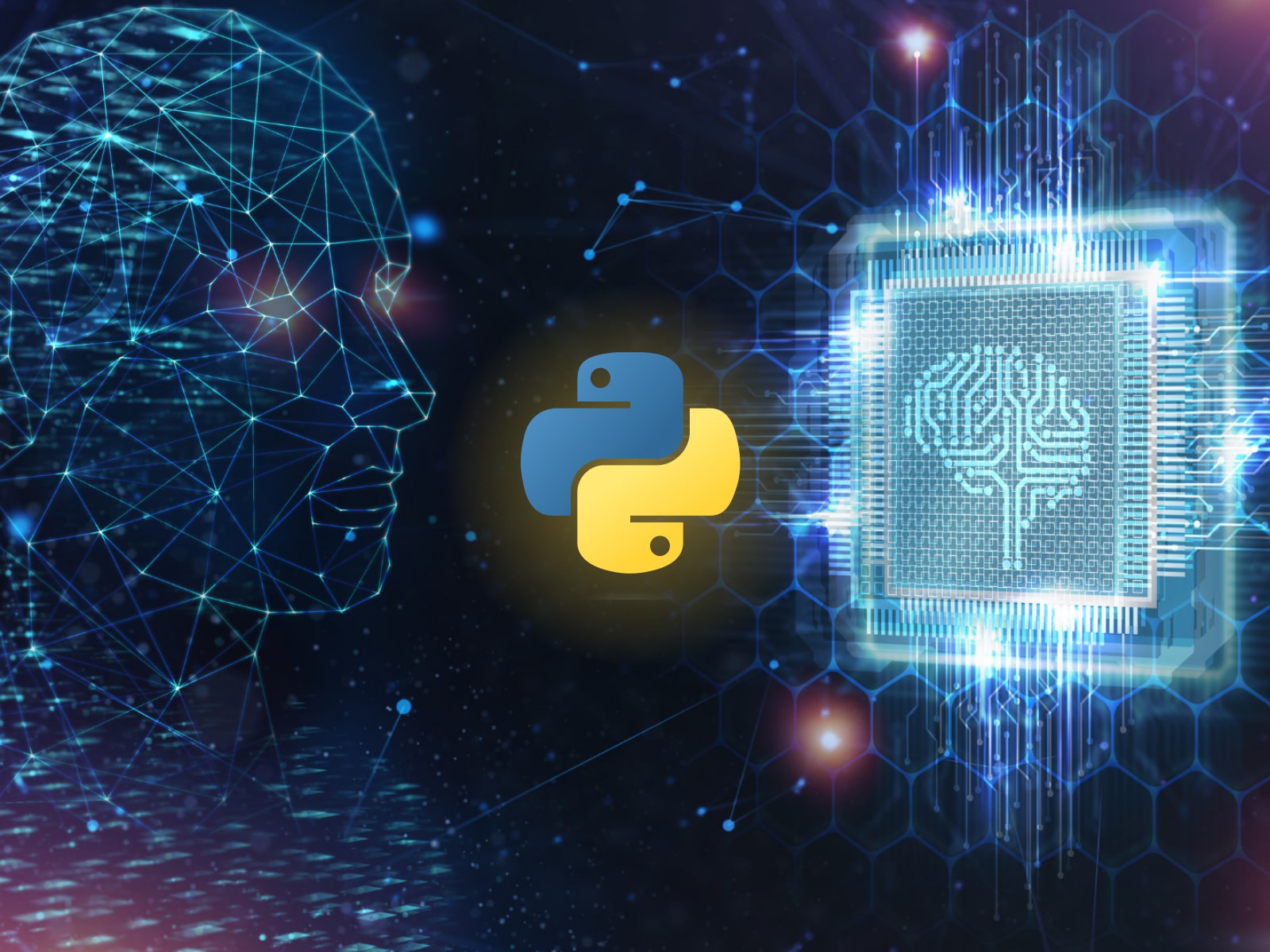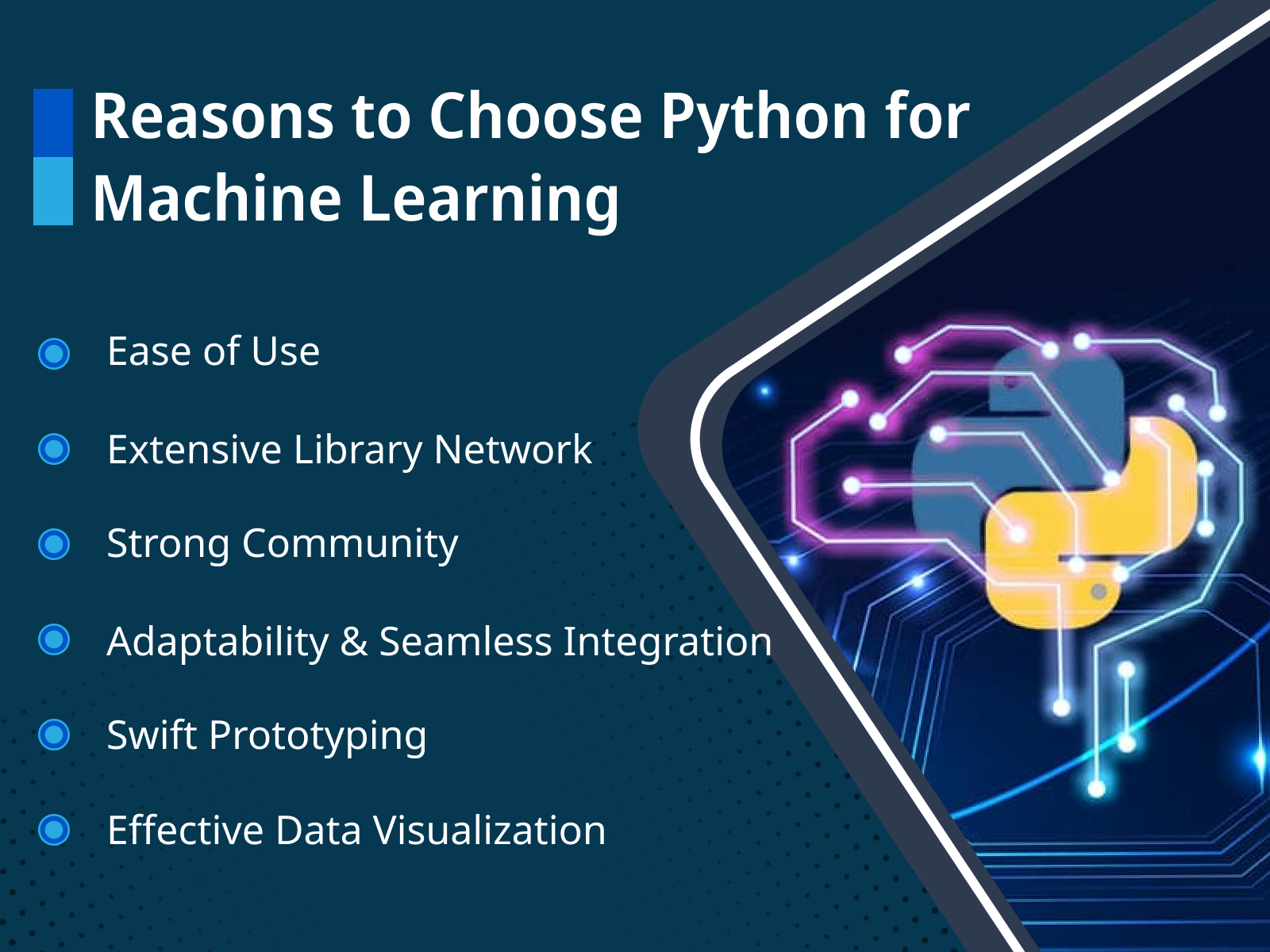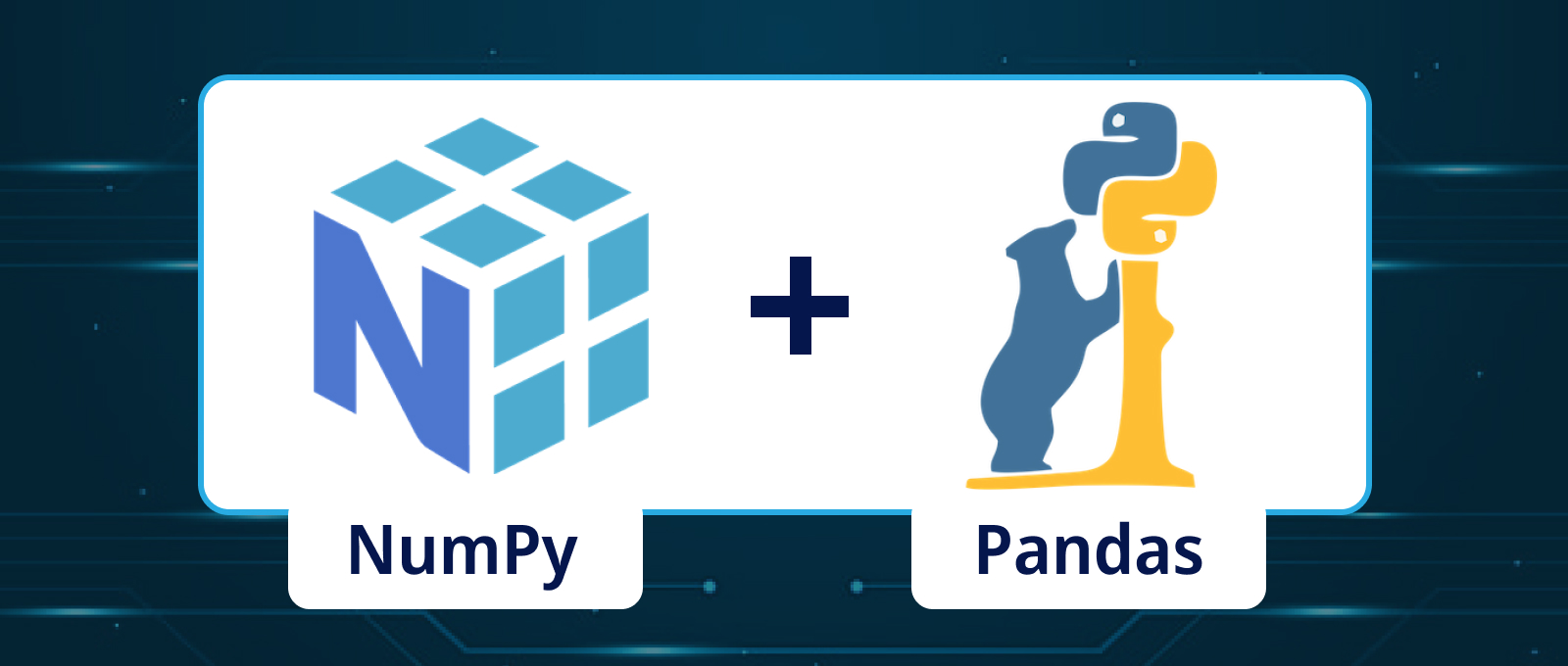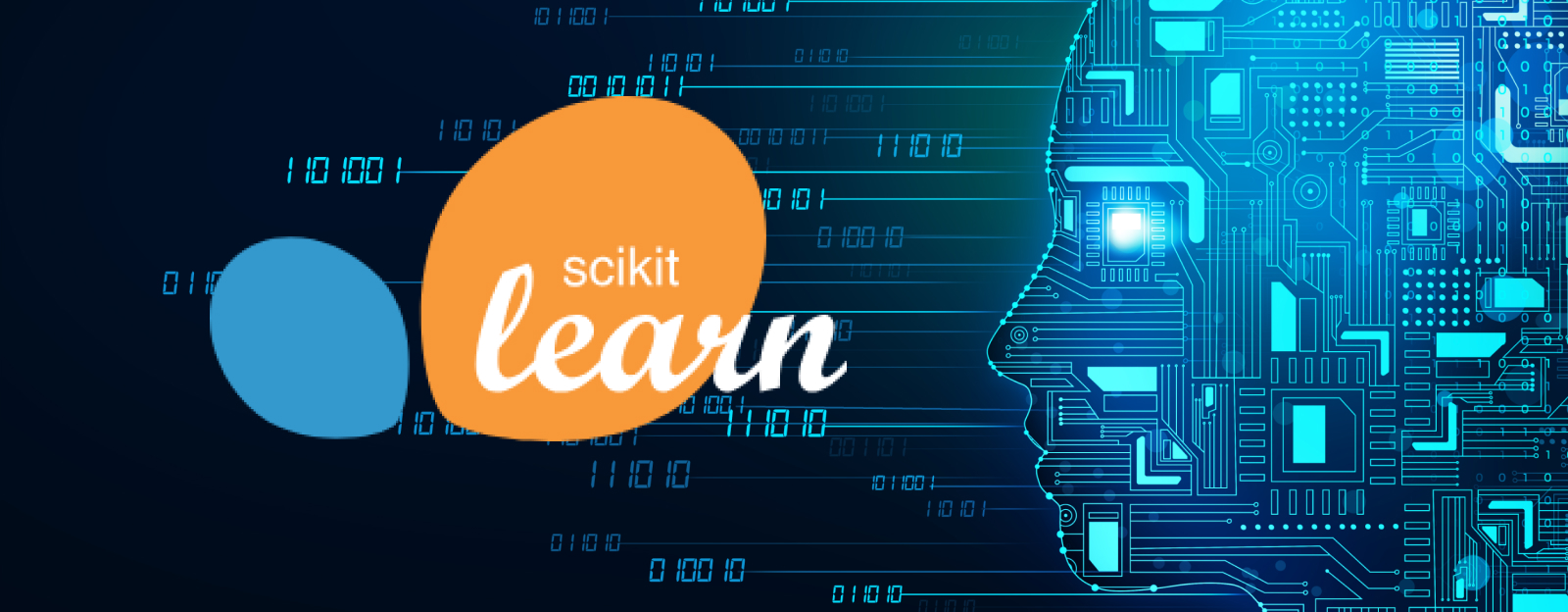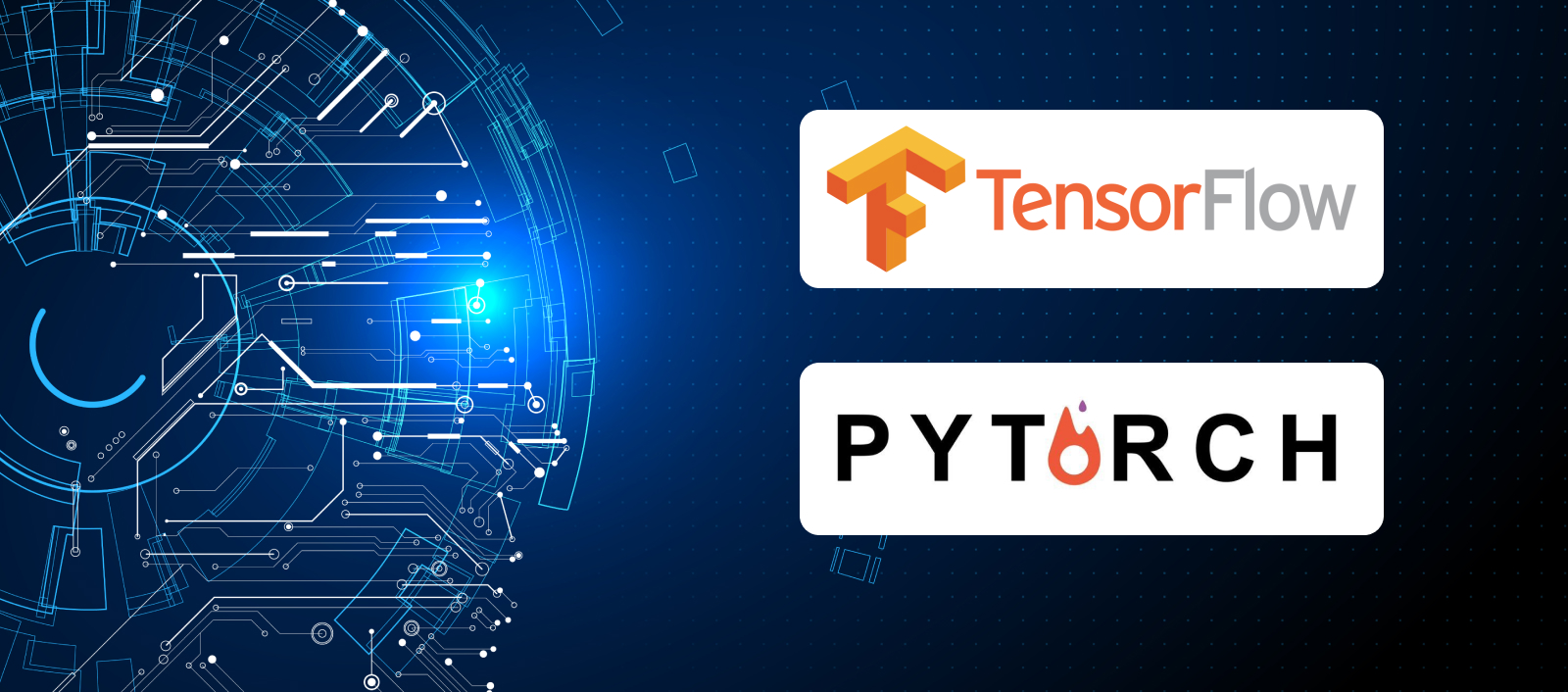Have you ever wondered how Siri anticipates your requests, Netflix recommends your favorite shows, or Amazon displays products you have browsed before? The answer is Machine Learning – the invisible marvel that shapes our digital world.
Machine Learning, a subset of Artificial Intelligence, decodes data patterns. This technology equips Siri to comprehend your commands, guides Netflix in tailoring suggestions, ensures Amazon’s personalized product displays, and guarantees YouTube’s relevant content delivery.
But what happens when Python joins forces with Machine Learning?
Python’s versatility, ease of learning, and abundant community support align seamlessly with Machine Learning’s capabilities. Together, they forge predictive models, decode natural language, recognize images and speech, and unravel data insights.
With this dynamic duo, the world of programming and cognitive advancement unlocks. Let us dive into the details of these extraordinary possibilities – where Python is used in Machine Learning.
Table of Contents
Why Python is a Potential Choice for Machine Learning?
Python has emerged as a prime choice for machine learning for several compelling reasons. Its popularity in the field is underpinned by its unique features and advantages.
-
Simplicity & Readability
Python’s syntax reads like plain English, making it a friend to both novices and seasoned coders. The simplicity translates to clean and understandable code. You can swiftly transform complex algorithms into comprehensible scripts as if you’re narrating a story.
-
Vast Library Ecosystem
Python’s library ecosystem offers specialized libraries like NumPy and Pandas for data manipulation, Scikit-Learn for machine learning algorithms, and TensorFlow and PyTorch for deep learning endeavors.
This vast collection speeds up development and reduces the need to reinvent the wheel.
-
Community & Documentation
Python’s vibrant community is a treasure trove of knowledge and support. If you’re stuck, chances are someone has faced a similar challenge and shared their solution.
Additionally, Python’s comprehensive documentation is a lifeline for understanding functions, classes, and methods – a handy guide at your fingertips.
-
Flexibility & Integration
Python plays well with others. Its seamless integration with C, C++, and Java allows you to harness existing codebases.
Furthermore, Python’s versatility extends to web frameworks like Flask and Django, enabling you to effortlessly transform machine learning models into interactive web applications.
-
Rapid Prototyping
Time is precious in the world of tech. Python’s quick turnaround time allows you to prototype and experiment at lightning speed. Whether you’re testing a new algorithm, building a proof of concept, or tweaking hyperparameters, Python’s agility keeps you ahead of the curve.
-
Visualization Capabilities
Numbers come alive with Python’s visualization libraries like Matplotlib and Seaborn. Creating insightful charts and graphs to communicate your findings becomes a breeze.
Visualizing data trends and model performance adds another layer to your storytelling toolkit.
Key Python Libraries in Machine Learning
Regarding machine learning, Python wears the crown with a collection of powerful libraries that shape the landscape of data-driven discoveries. These tools simplify complex tasks and provide a solid foundation for crafting advanced solutions.
Let’s explore the essential players:
-
NumPy & Pandas for Data Handling
NumPy helps handle arrays and perform math tasks, making data manipulation efficient. Its multidimensional array of objects enables seamless numerical computations.
On the other hand, Pandas, built atop NumPy, offers a DataFrame structure for organizing and analyzing structured data. With its intuitive interface, Pandas simplifies tasks like data cleaning, transformation, and exploration, setting the stage for informed decisions.
-
Scikit-Learn for Machine Learning Algorithms
Scikit-Learn, often called sklearn, is a versatile library that brings a myriad of machine learning algorithms to your fingertips. It offers tools for classification, regression, clustering, and more.
The library’s consistent API and extensive documentation make it a favorite for newcomers and experienced practitioners. Scikit-Learn’s user-friendly approach allows you to experiment with algorithms, fine-tune hyperparameters, and evaluate model performance effortlessly.
-
TensorFlow & PyTorch for Deep Learning
When it comes to deep learning, TensorFlow and PyTorch are heavyweight contenders. TensorFlow, developed by Google, boasts a vast ecosystem and supports distributed computing for large-scale projects.
PyTorch, known for its dynamic computation graph, appeals to researchers and developers alike, making it easier to debug models and experiment with dynamic neural network architectures.
Both libraries enable creating and training complex neural networks for tasks such as natural language processing, image recognition, and more.
-
Keras – High-Level Neural Networks
Keras acts as a high-level interface to build and experiment with neural networks.
Integrated with TensorFlow, it offers an accessible way to create intricate architectures with fewer lines of code. Keras’s simplicity and modularity allow you to quickly prototype models, facilitating experimentation and rapid iteration.
It is an ideal starting point for those stepping into deep learning without getting overwhelmed by technical intricacies.
-
OpenAI’s Gym for Reinforcement Learning
OpenAI’s Gym provides a playground for reinforcement learning enthusiasts. Reinforcement learning involves training agents to interact with environments and learning through trial and error.
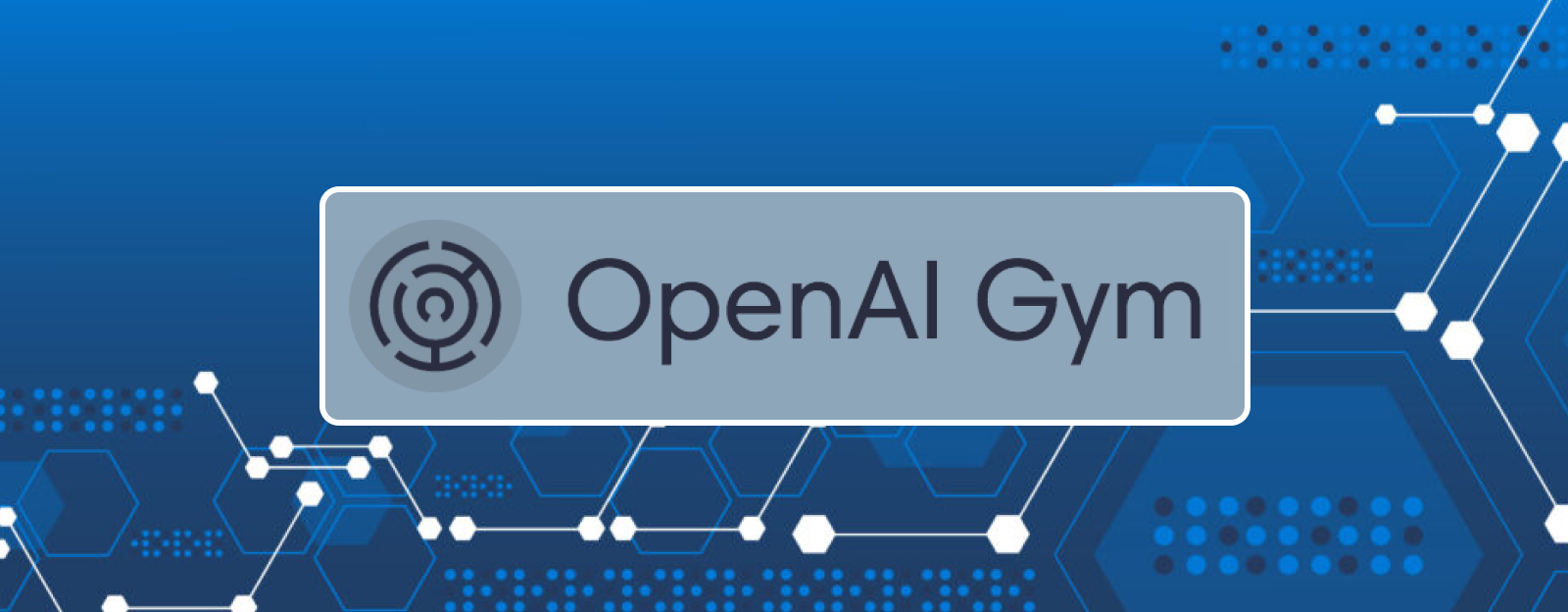
With Gym, you can experiment with algorithms that learn optimal actions and strategies through repeated interactions with their environments.
Machine Learning Algorithms in Python
Let us have a quick look at some key machine-learning algorithms that Python effortlessly uses with the above-mentioned libraries:
Linear Regression
Imagine drawing a line that best fits scattered points on a graph. That is linear regression – a simple yet powerful algorithm for predicting numerical outcomes. It’s like finding the trend in your favorite stock chart.
Decision Trees
Picture a game of 20 Questions. Decision trees work much the same way. They ask a series of yes-or-no questions to conclude. Think of it as a digital detective solving mysteries.
Random Forest
Random forests are like a committee of decision trees working together. Each tree offers its opinion, and together, they make a collective decision. It’s like seeking advice from multiple friends before making a choice.
K-Nearest Neighbors
When you want to predict something, ask your neighbors – that is the KNN principle. The algorithm looks at the traits of nearby data points to classify new ones. It is like asking the folks next door for movie recommendations.
Support Vector Machines (SVM)
SVM draws a boundary between data types, like a virtual fence keeping things apart. It is like separating cats from dogs in a crowded pet park.
Neural Networks
By mimicking the human brain, neural networks recognize patterns in data. They are composed of layers of interconnected nodes that learn as they go. Imagine teaching a robot to differentiate between fruits just by showing it pictures.
K-Means Clustering
K-Means clustering groups similar things together. Imagine sorting your closet by colors – this algorithm does the same but with data points. It’s like arranging your wardrobe based on the hues of your clothes.
Naive Bayes
The algorithm makes decisions based on probabilities and assumptions. It’s like figuring out if your friend is bringing an umbrella by considering the weather forecast and their habits.
Also Read: Python For CyberSecurity: Why Is It Better In 2023?
Real-world Applications of Python in Machine Learning
From deciphering images and understanding language to enhancing security and revolutionizing healthcare, Python’s impact is profound.
Let’s explore how this programming powerhouse transforms data into actionable insights across diverse domains.
-
Computer Vision & Image Recognition
Python’s libraries like OpenCV and scikit-image transform pixels into understanding in an image-driven world. From facial recognition unlocking our phones to self-driving cars perceiving the road, Python is the canvas on which these visual marvels are painted.
Benefits:
- Accurate object detection and tracking
- Enhances surveillance systems and security
- Automates quality control in manufacturing
- Drives advancements in medical imaging diagnostics
Natural Language Processing (NLP)
Python’s NLTK and spaCy libraries decode the intricate nuances of human language.
Sentiment analysis, chatbots, and language translation are just the tip of the NLP iceberg, where Python scripts unravel the mysteries of human communication.
Benefits:
- Automates customer support through chatbots
- Empowers sentiment analysis for business insights
- Streamlines language translation for global outreach
- Fuels the rise of AI-powered content generation
Recommender Systems
Python crafts personalized experiences with recommender systems. Behind the movie recommendations on streaming platforms and product suggestions on e-commerce sites, Python algorithms analyze user behavior to predict preferences.
Benefits:
- Boosts user engagement and retention
- Drives sales and revenue through personalized offers
- Improves customer satisfaction and loyalty
- Enhances content discoverability in online platforms
Fraud Detection & Anomaly Detection
Python scripts equipped with machine learning algorithms become the sentinels guarding against financial fraud and anomalies. By spotting unusual patterns in transactions or behavior, Python scripts protect against digital threats.
Benefits:
- Mitigates financial losses from fraudulent activities
- Safeguards sensitive user information
- Enhances cybersecurity in online transactions
- Provides real-time alerts for immediate action
Healthcare & Predictive Analytics
Python breathes life into predictive analytics in healthcare. By analyzing patient data, Python scripts forecast disease outbreaks, optimize treatment plans, and predict patient outcomes with increasing accuracy.
Benefits:
- Improves patient care through personalized treatment
- Enhances early disease detection and prevention
- Optimizes resource allocation in healthcare facilities
- Drives advancements in medical research and innovation
Why Choose PixelCrayons for Machine Learning Services?
At PixelCrayons, we’re not just tech enthusiasts but problem solvers who harness Python’s power to reshape the machine learning world. Here is why our services stand out:
Cognitive Insight
With Python as the driving force, we craft machine learning solutions that unlock cognitive insights from your data. Unveil hidden patterns, trends, and correlations that lead to informed decisions and strategic growth.
Cognitive Engagement
Harness the power of Python-based machine learning to create captivating user experiences. We design interactive interfaces and recommendation systems that anticipate user preferences, boosting engagement and loyalty.
Cognitive Automation
Automate routine tasks and decision-making processes using the magic of `Python-driven machine learning. From predictive maintenance to demand forecasting, we integrate smart algorithms to optimize your operations.
Data Mining
We dive deep into your data, employing Python’s robust libraries to extract valuable insights. We help you uncover meaningful information, identify outliers, and make data-driven choices that fuel your success.
Natural Language Processing
Leverage the Python-driven prowess of natural language processing (NLP) to decipher text data. We transform unstructured text into structured knowledge, enabling sentiment analysis, chatbots, and content categorization.
Robotic Process Automation
We empower your business with Python-fueled robotic process automation. Streamline workflows, reduce errors, and enhance efficiency by automating repetitive tasks using intelligent algorithms.
Final Say
Python’s role in machine learning shines brilliantly. Python has become the beating heart of this transformative field, from simplifying complex algorithms to fostering innovation. Its intuitive syntax, vast library ecosystem, and community support empower newcomers and experts.
As we have seen, Python seamlessly handles data, orchestrates algorithms, and breathes life into neural networks. Its versatility and machine learning’s potential propel us into a future where AI-driven solutions are within reach.
To implement machine learning in your business, consider partnering with a proficient company that can harness Python’s potential to craft cutting-edge solutions.
Also Read: Machine Learning for Enterprises
FAQs
Why is Python so popular in the field of machine learning?
Ans: Python’s popularity in machine learning can be attributed to several factors. First and foremost, Python is known for its simplicity and readability, making it accessible to beginners and experienced programmers. The rich ecosystem of frameworks and libraries, such as NumPy, Pandas, Scikit-Learn, TensorFlow, and PyTorch, provides a comprehensive toolkit for various machine-learning tasks. Python’s active community and extensive documentation support its popularity, as developers can easily find help and resources. Additionally, Python’s flexibility allows seamless integration with other tools and tech-stack, making it an ideal choice for building complex machine learning models and applications.
How does Python’s versatility contribute to its success in machine learning?
Ans: Python’s versatility is pivotal in its success in machine learning. Dynamic typing and clean syntax enable developers to express complex ideas concisely and readably. This versatility extends to its ability to handle various data types, making it well-suited for tasks like data preprocessing and manipulation. Python’s compatibility with multiple platforms and operating systems ensures that machine-learning projects can be developed and deployed efficiently. Moreover, its open-source nature encourages a diverse range of libraries and frameworks to be developed, catering to different machine-learning needs.
Are there any limitations to using Python in machine learning?
Ans: While Python offers numerous advantages for machine learning, some limitations exist. Python is an interpreted language, which means it might not be as fast as languages like C++ or Java. While this may not be an issue for most machine learning tasks, it could be a concern for real-time applications or large-scale data processing. Additionally, Python’s Global Interpreter Lock (GIL) can limit its ability to fully utilize multi-core processors, potentially affecting the performance of multi-threaded applications. However, many machine learning libraries, especially those built on C/C++ backends, mitigate these limitations by optimizing critical components.

